10 Animals That Can Do Things Humans Absolutely Can’t
In the vast tapestry of the natural world, animals exhibit an extraordinary array of abilities that often surpass human understanding. These remarkable creatures possess skills and adaptations that not only defy our expectations but also challenge the very boundaries of what we consider possible. This article embarks on a captivating journey to explore ten incredible animals whose abilities extend far beyond human capabilities. From the depths of the ocean to the highest skies, these creatures showcase talents that are as awe-inspiring as they are mysterious. As we delve into their world, prepare to be astounded by the ingenuity and adaptability of nature's most fascinating inhabitants. This exploration will not only illuminate the wonders of these animals but also offer insights into the intricate balance of ecosystems and the evolutionary marvels that have shaped life on Earth.
1. The Cuttlefish: Masters of Camouflage
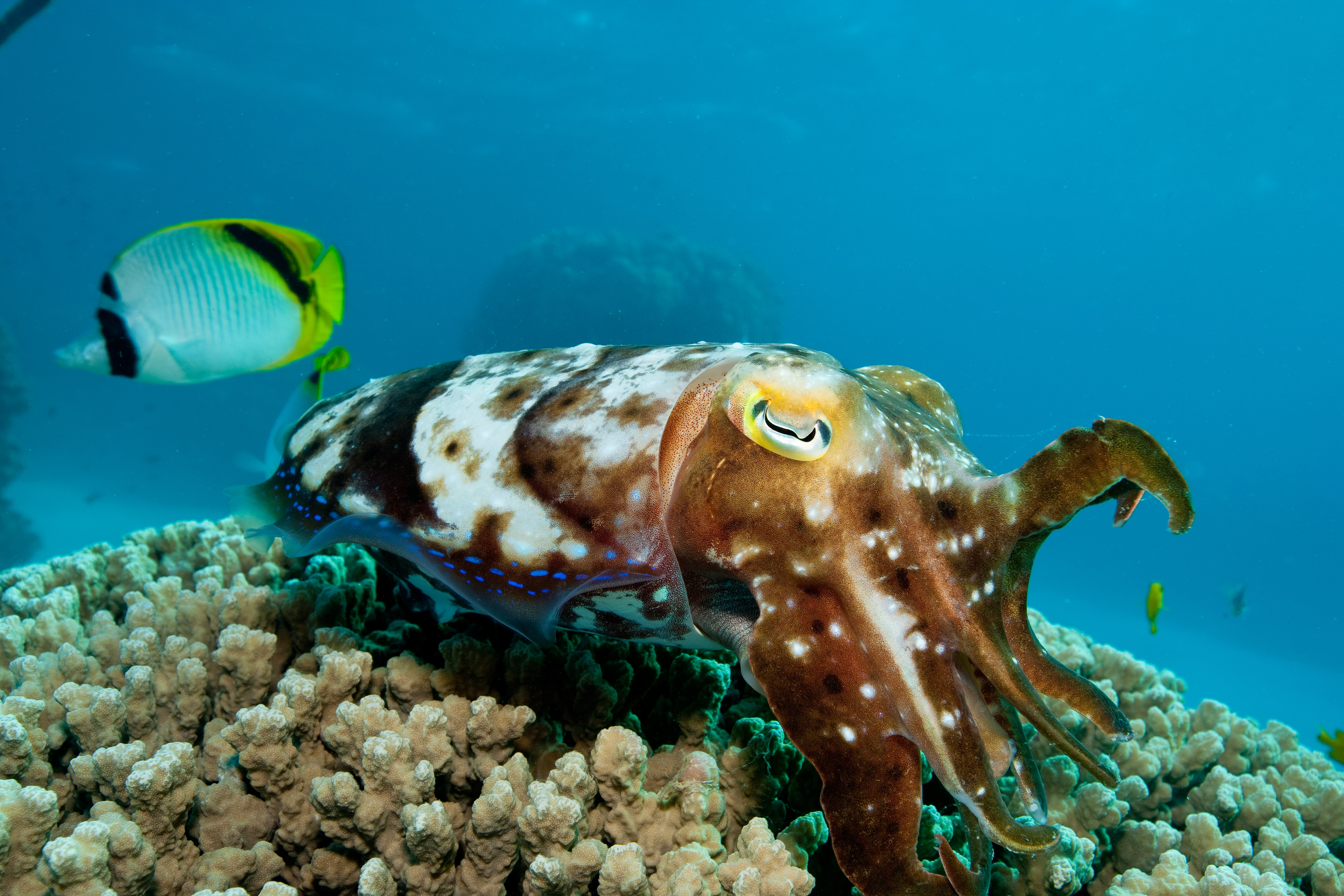
The cuttlefish, a cephalopod related to squids and octopuses, is a true master of disguise. Its ability to change color and texture with astonishing speed allows it to blend seamlessly into its surroundings, evading predators and ambushing prey. This remarkable skill is controlled by a complex system of chromatophores, iridophores, and leucophores—specialized skin cells that reflect and absorb light in various ways. Scientists have studied the cuttlefish's camouflage abilities to develop advanced military technologies and adaptive materials. Beyond its visual tricks, the cuttlefish's intelligence and problem-solving capabilities make it a subject of ongoing research in neuroscience. This enigmatic creature exemplifies the wonders of evolution, demonstrating how adaptation can lead to survival in an ever-changing environment.
2. The Electric Eel: Nature's Living Battery
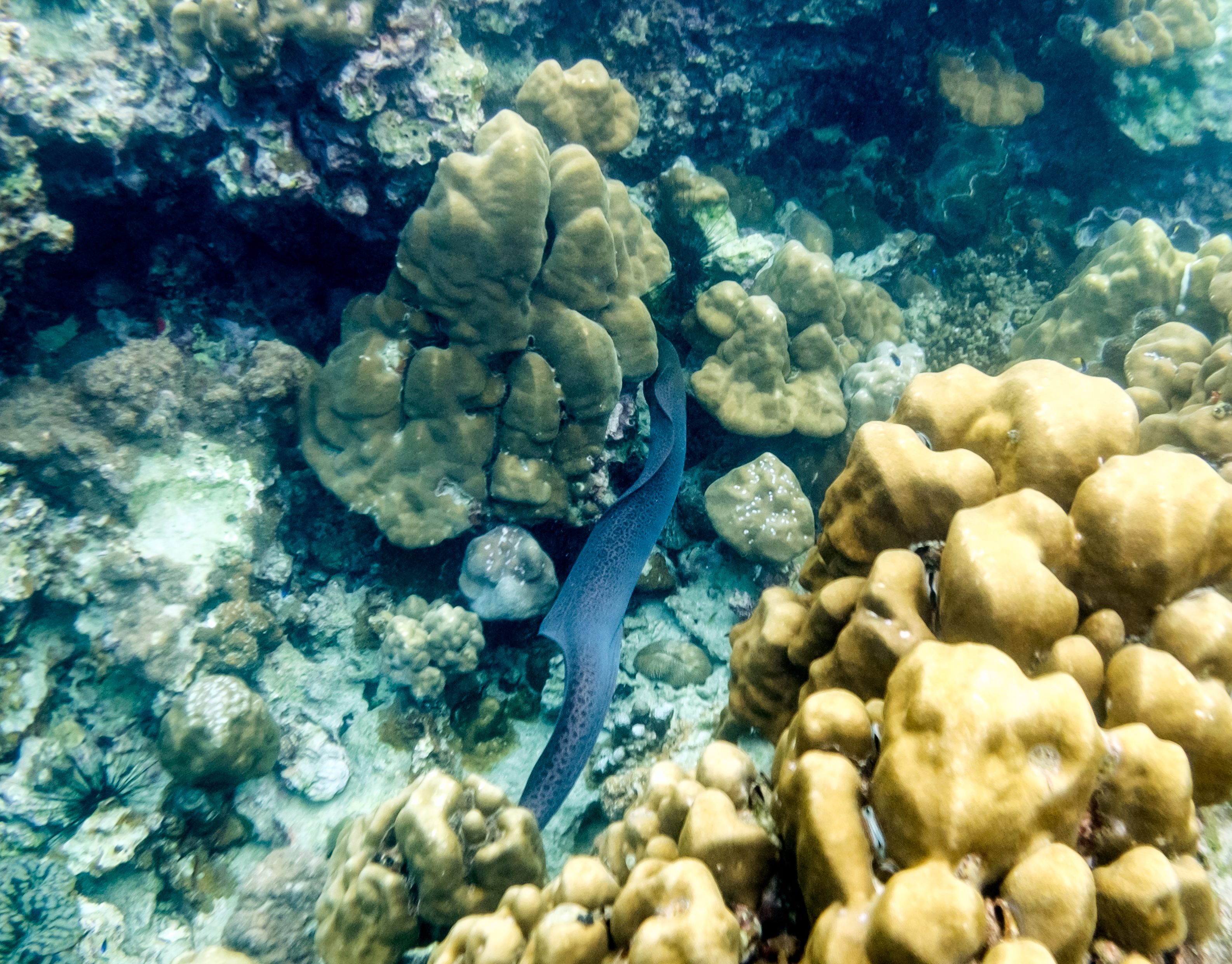
The electric eel, despite its name, is more closely related to catfish than true eels. It possesses an extraordinary ability to generate electricity, which it uses for navigation, communication, hunting, and self-defense. This South American native can produce electric discharges of up to 600 volts, enough to stun prey or deter predators. The eel's electric organs—which make up most of its body length—are composed of specialized cells called electrocytes. When activated, these cells generate a current by allowing ions to flow across membranes, similar to a battery. Researchers have been inspired by the electric eel to develop bio-inspired energy sources and medical devices. This fascinating creature evinces the innovative ways animals have evolved over generations to adapt to their environments and thrive in diverse habitats.
3. The Mantis Shrimp: The Underwater Boxer
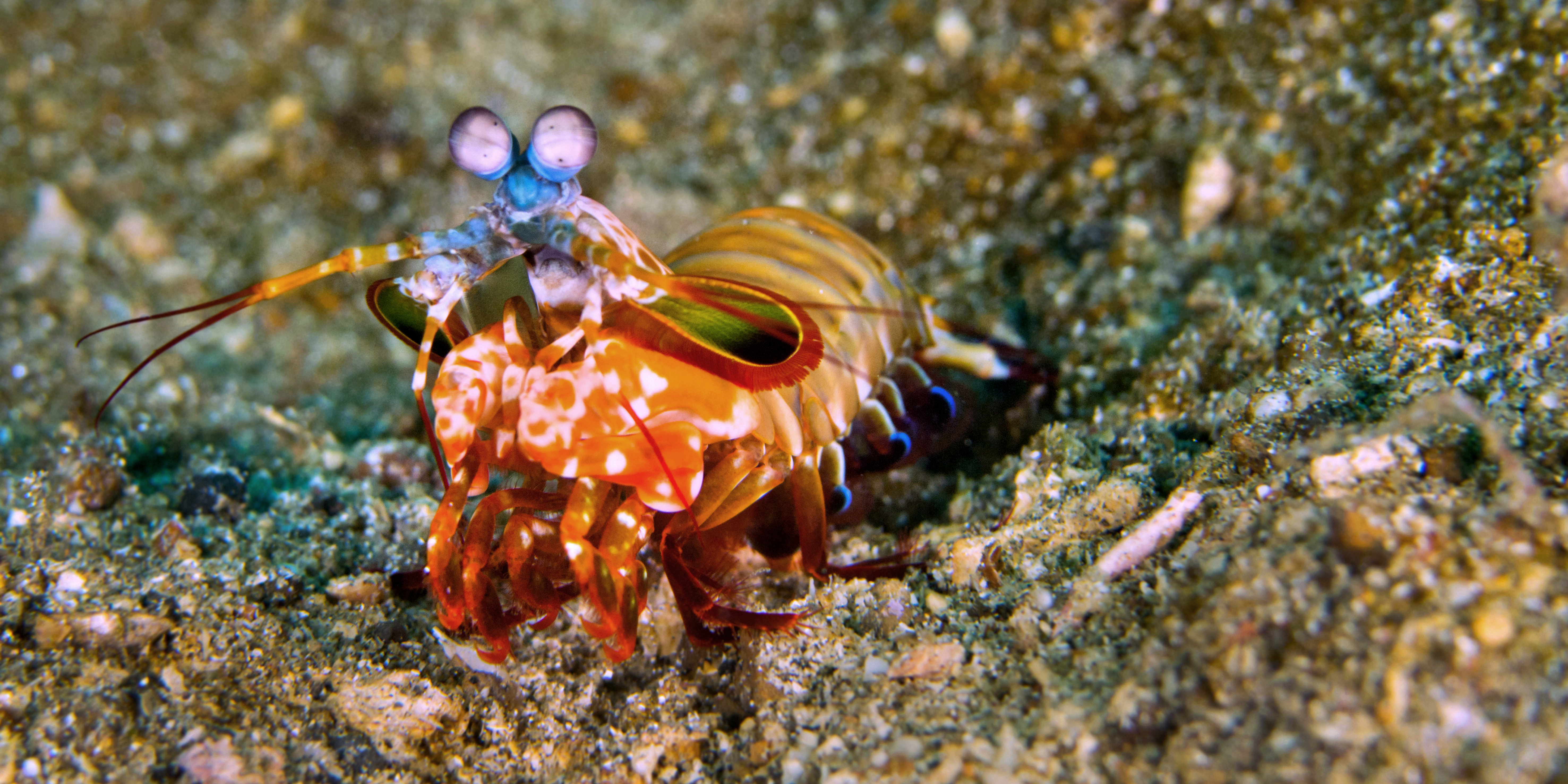
The mantis shrimp is a small but formidable marine crustacean known for its powerful punch. With a speed that rivals a bullet, its club-like appendages can deliver blows strong enough to break glass or crack open a mollusk's shell. This incredible force is achieved through a unique spring-loaded mechanism in its limbs, which stores energy like a coiled spring and releases it explosively. The mantis shrimp's eyes are equally impressive, capable of detecting polarized light and seeing a spectrum of colors far beyond human vision. This visual acuity allows it to navigate complex underwater environments and identify prey with precision. The mantis shrimp's combination of physical prowess and visual sophistication makes it a marvel of the natural world, inspiring innovations in robotics and vision technology.
4. The Tardigrade: Survivors of the Extreme
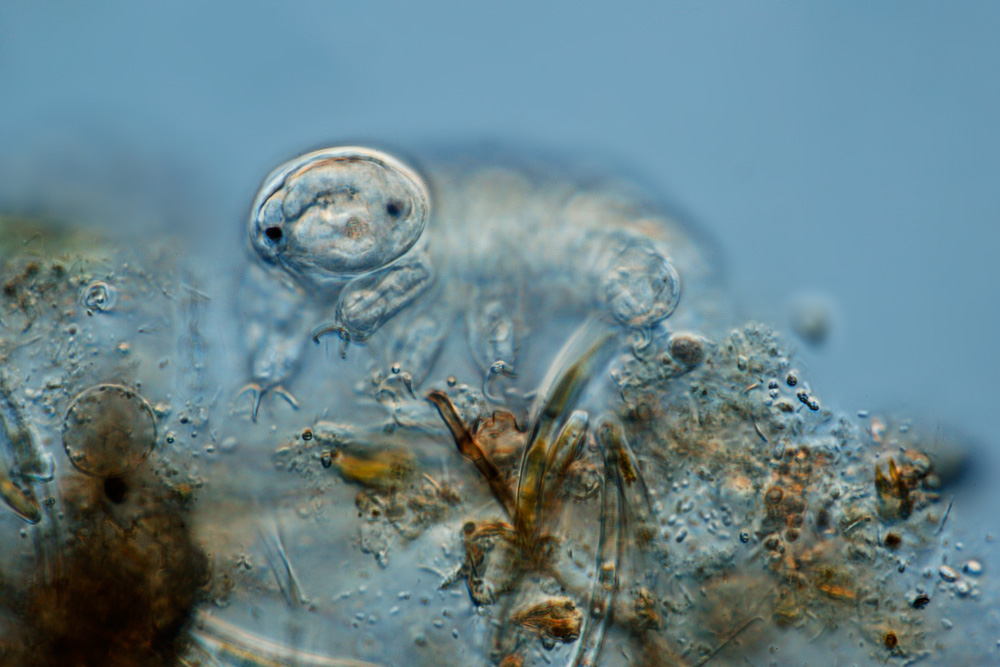
Tardigrades—also known as water bears—are microscopic creatures renowned for their resilience. Capable of surviving extreme conditions that would be fatal to most life forms, tardigrades can endure temperatures from near absolute zero to above boiling, withstand intense radiation, and survive the vacuum of space. Their secret lies in a unique protein that protects their cells and DNA from damage. In a state called cryptobiosis, tardigrades can lose almost all their water content and enter a dormant state, rehydrating and reviving when conditions improve. This incredible adaptability has made tardigrades a subject of fascination for scientists exploring the limits of life and the potential for survival beyond Earth. The resilience of these creatures offers deep insights into the possibilities of life in extreme environments, both on our planet and beyond.
5. The Honeybee: Nature's Mathematical Genius
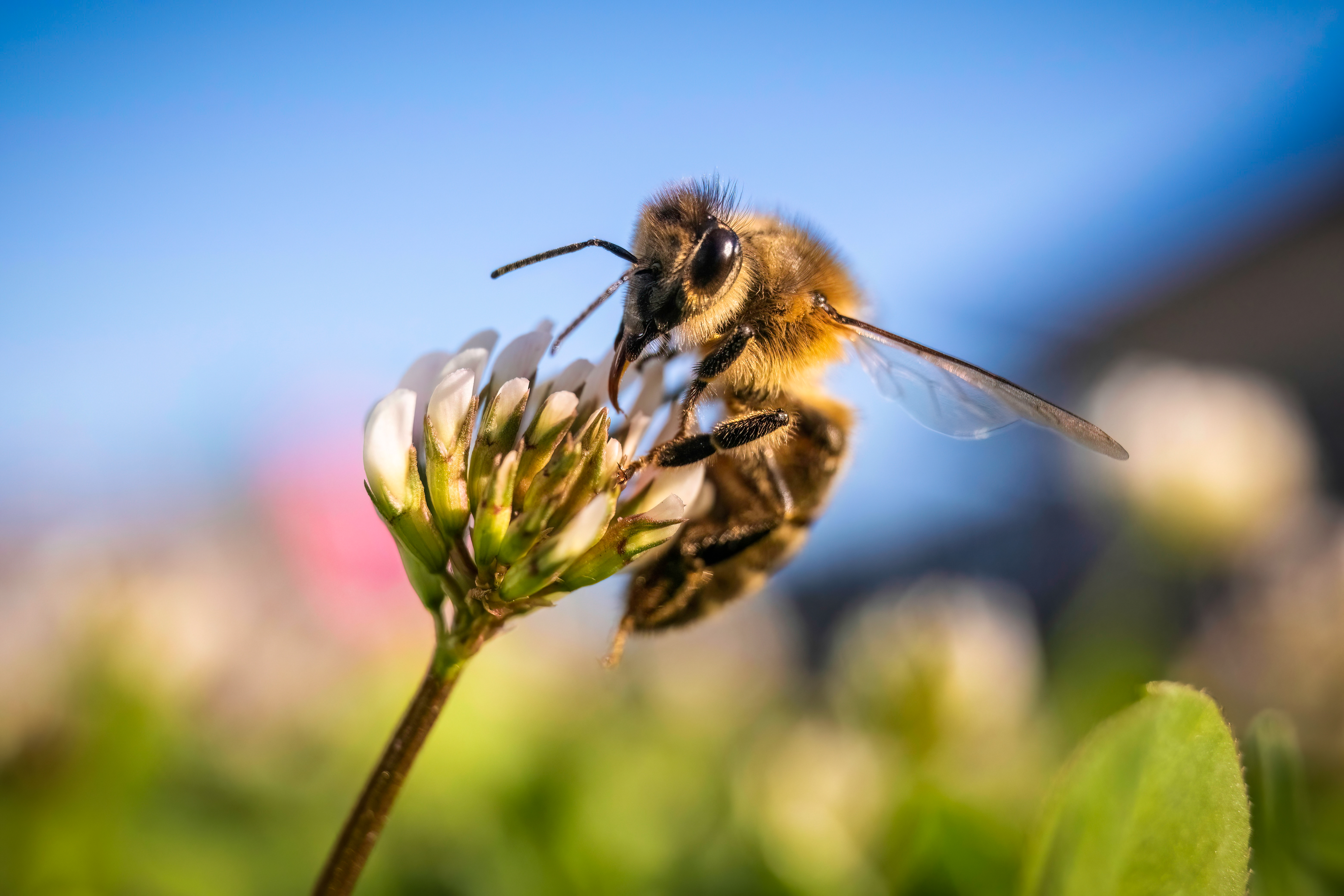
Honeybees are more than just prolific pollinators; they are also mathematical geniuses. These industrious insects use complex algorithms to optimize their foraging routes, a behavior known as the 'traveling salesman problem'. By minimizing travel distance and maximizing nectar collection, honeybees demonstrate an innate understanding of efficiency and resource management. Additionally, honeybees communicate through a sophisticated dance language, conveying information about the direction and distance of food sources. This intricate social behavior combined with their problem-solving ability has inspired advancements in computer science, particularly in the fields of optimization and network theory. The honeybee's remarkable cognitive abilities underscore the intelligence embedded in nature and the potential lessons it holds for future human innovation.
6. The Archerfish: Precision Hunters
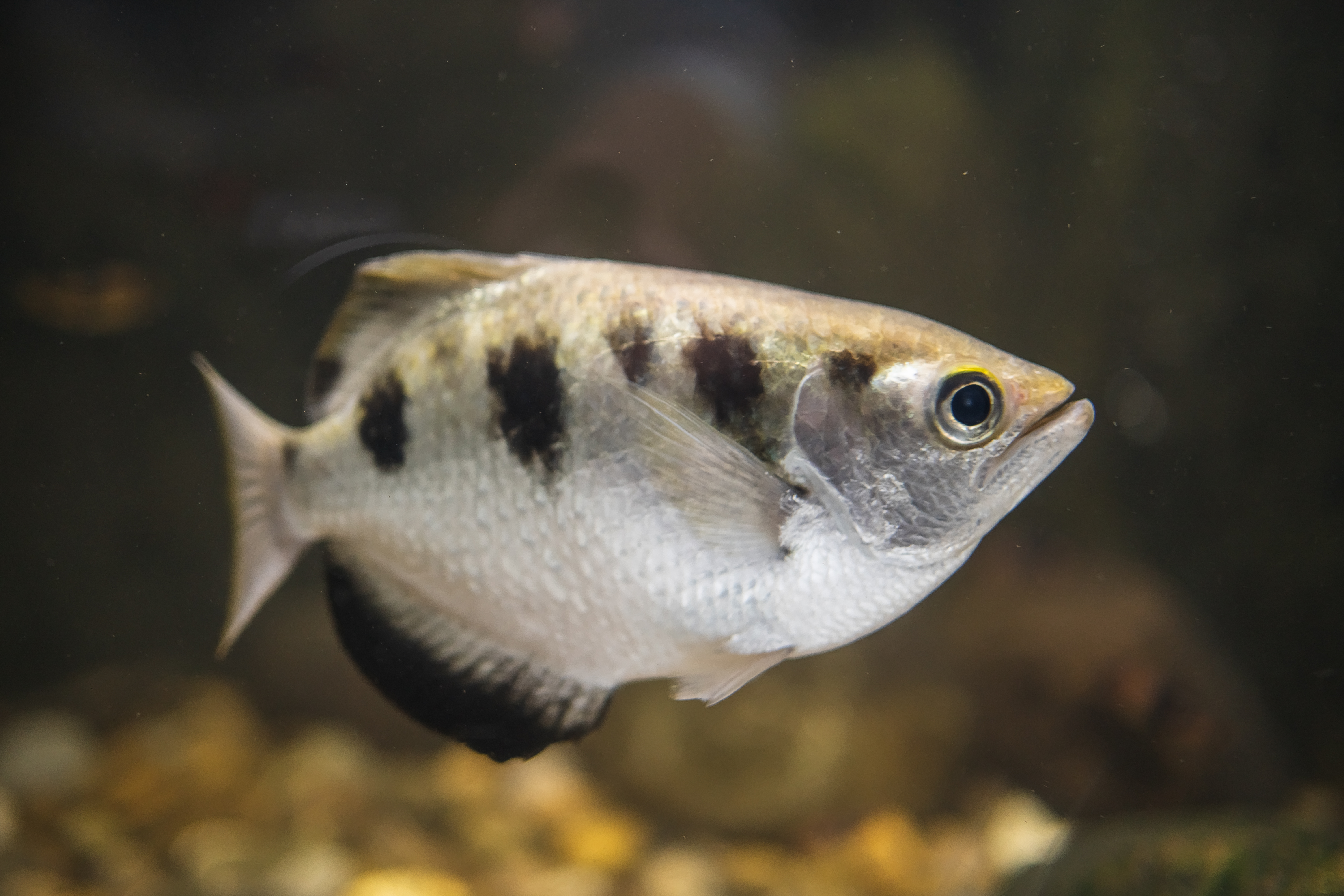
The archerfish is a master marksman of the aquatic world, known for its ability to shoot jets of water to knock insects off overhanging vegetation. This precision hunting technique requires exceptional accuracy and timing, as the fish must account for the refraction of light in water to hit its target. Archerfish have been observed learning from experience and improving their aim over time, showcasing a level of cognitive flexibility that challenges traditional views of fish intelligence. Researchers study the archerfish's hunting strategy to gain insights into visual perception and learning processes. This remarkable adaptation highlights the diverse strategies animals equip themselves with in order to secure food and thrive in their respective niches.
7. The Lyrebird: Nature's Vocal Mimic
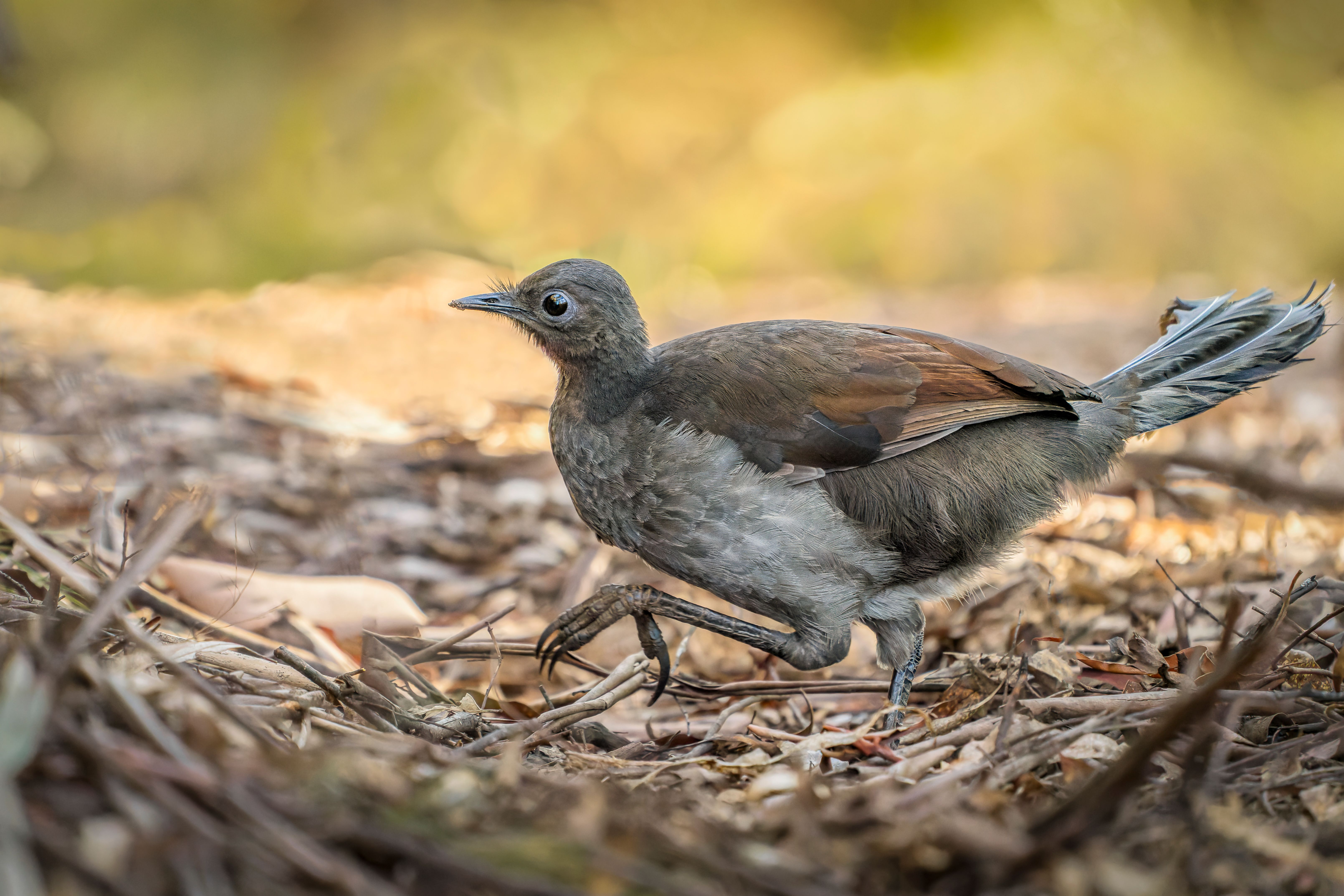
The lyrebird, native to Australia, is renowned for its extraordinary vocal abilities. Capable of mimicking a wide range of sounds, from other bird calls to human-made noises like chainsaws and camera shutters, the lyrebird's vocal repertoire is pretty unmatched in the animal kingdom. This mimicry serves multiple purposes, including attracting mates and defending territory. The lyrebird's complex vocalizations are a testament to its sophisticated neural architecture and auditory processing capabilities. Its ability to replicate sounds with such precision has fascinated ornithologists and inspired studies on communication and learning in the animal kingdom. The lyrebird's talents are quite telling of the intricate connections between environment, behavior, and evolution.
8. The Octopus: Masters of Escape and Problem Solving
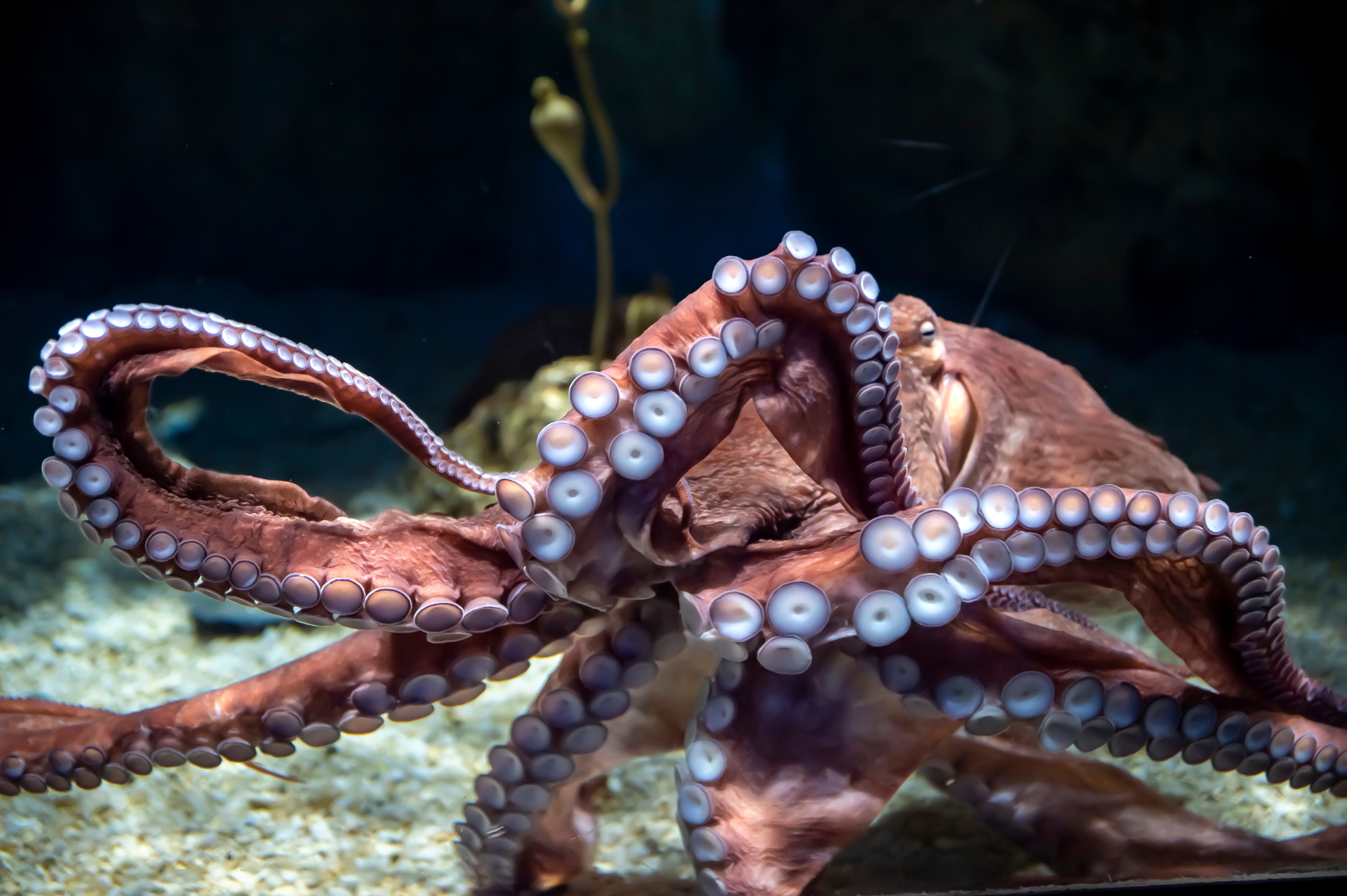
Octopuses are renowned for their intelligence and problem-solving skills, often described as the 'escape artists' of the sea. With their flexible bodies and lack of rigid skeletons, octopuses can squeeze through incredibly small openings, confounding their captors and evading predators. Their ability to learn, remember, and solve complex puzzles has captivated researchers, leading to studies on cognition and consciousness in animals. Octopuses also possess remarkable camouflage abilities, easily changing color and texture to blend into their surroundings. These skills—combined with their dexterous arms and keen eyesight—make octopuses formidable predators and survivors in diverse marine environments. Their intelligence challenges our understanding of consciousness and the potential for sentience in species other than our own.
9. The Gecko: Gravity-Defying Climbers
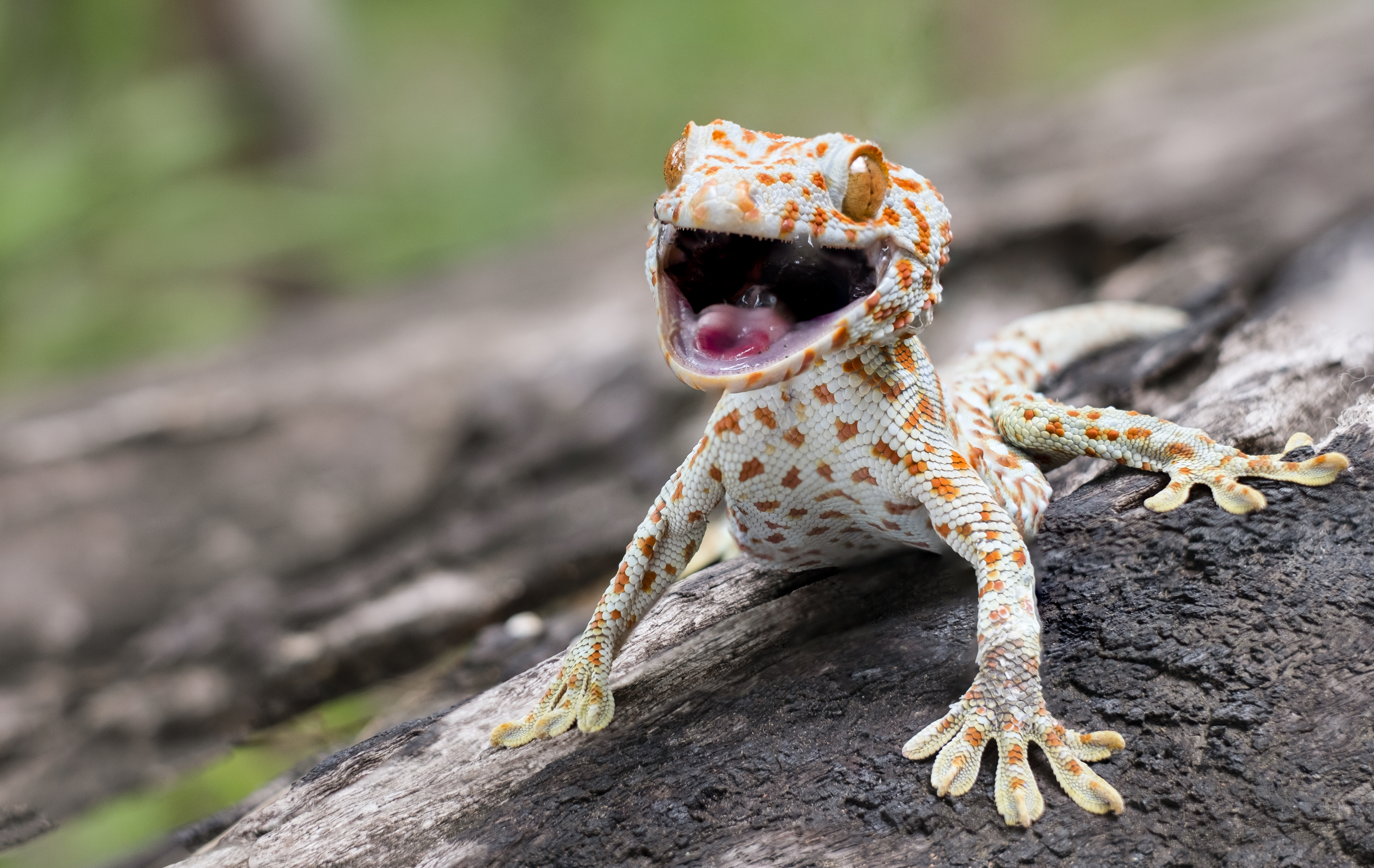
Geckos are known for their incredible climbing abilities, effortlessly scaling vertical surfaces and even walking upside down. This gravity-defying feat is made possible by the unique structure of their toe pads, which are covered in millions of tiny hair-like structures called setae. These setae use van der Waals forces—which are weak intermolecular attractions—to adhere to surfaces without the use of liquids or suction. The gecko's climbing prowess has inspired the development of advanced adhesives and robotic technologies that mimic its natural abilities. This remarkable adaptation demonstrates the ingenuity of evolution in solving complex physical challenges and highlights the potential for biomimicry in our efforts towards advance engineering and design.
10. The Platypus: Nature's Enigmatic Electro-sensor
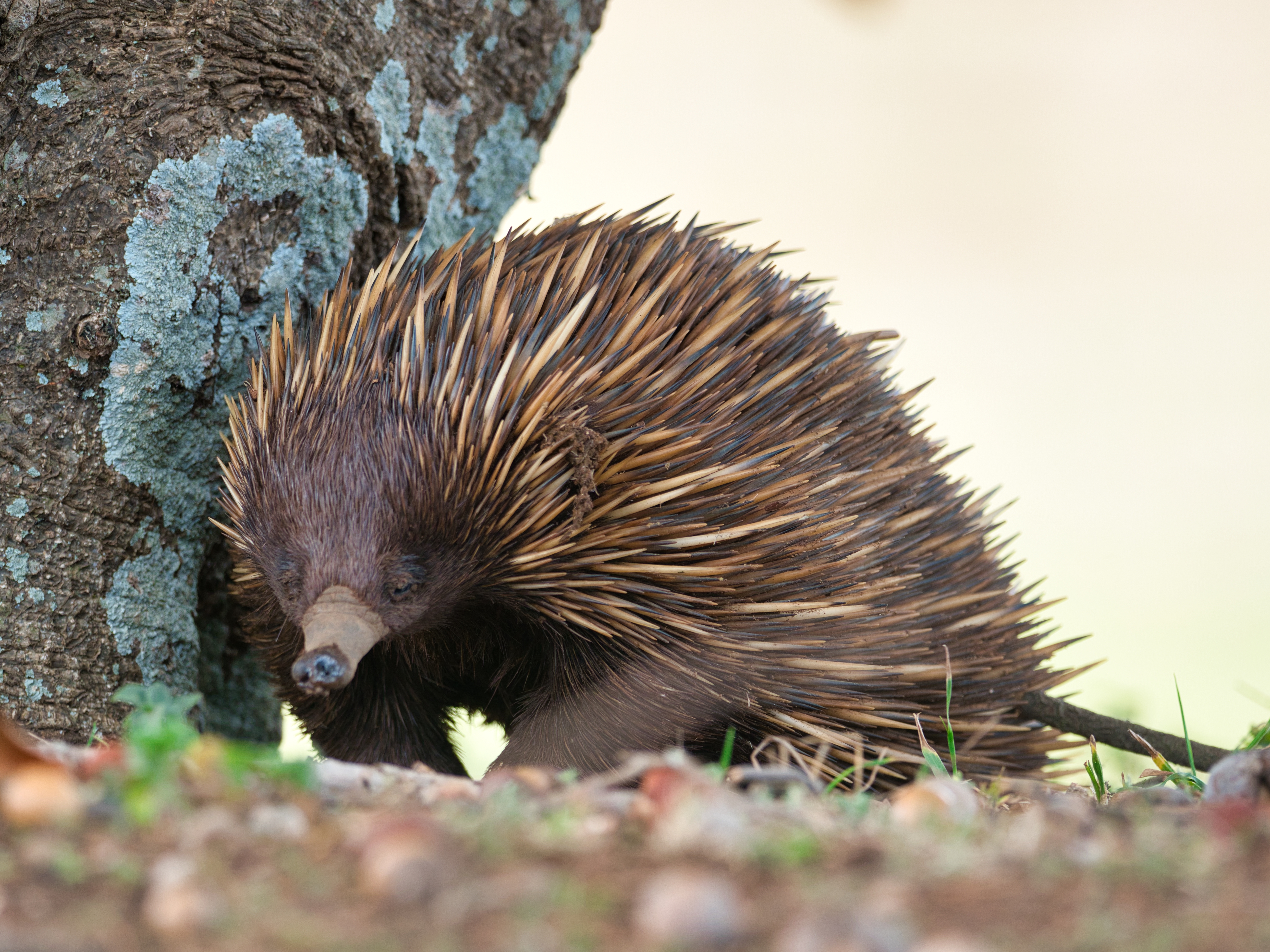
The platypus, an iconic Australian monotreme, is a unique blend of mammalian and reptilian traits. One of its most fascinating abilities is electroreception, the capacity to detect electric fields generated by the muscular contractions of prey. This adaptation is facilitated by specialized receptors in the platypus's bill, allowing it to hunt effectively in murky waters where visibility is limited. The platypus's electro-sensory system lets us peak into the evolution of sensory adaptations and the diversity of life-surviving strategies in the animal kingdom. This enigmatic creature's blend of features and abilities challenges traditional classifications as well as our understanding of the complexity of evolutionary pathways.
As we conclude this exploration of incredible animal abilities, it becomes evident that the natural world is a treasure trove of wonders that continue to astound and inspire us. These ten remarkable creatures, each with their unique adaptations and skills, demonstrate the boundless creativity of evolution and the intricate interconnections within ecosystems. Their abilities not only challenge our understanding of what is possible in terms of evolution but also in terms of potential application of this knowledge in nature-inspired innovations in the future. By studying these animals, one is left with a much deeper appreciation for the diversity and resilience of life on Earth and it can mean for our own future.







